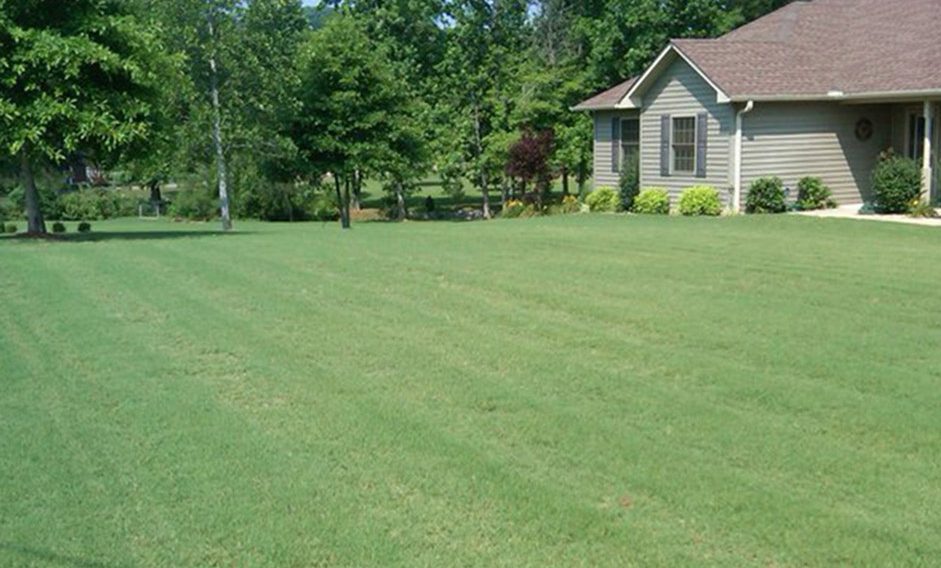Lawn & Garden

People may have many different species of grass in their yard, each with their own set of characteristics. This article discusses the characteristics of the more common species of turfgrass including bermudagrass, zoysiagrass, centipedegrass, and fescue.
These are just general guidelines on turfgrass selection, and there are exceptions to the rules. It is highly recommend that growers collect soil samples for an analysis. A soil test report is an important part of diagnosing turf problems.
Bermudagrass
Bermudagrass is adapted statewide and needs to be planted in full sun. A little shade may result in a thinner stand. The soil pH should be between 6.0 and 6.5, but this grass can tolerate a pH level that is a little higher or lower. Bermudagrass needs to be mowed low and mowed often for the best appearance. It is often used in high traffic areas because it grows back faster than other turfgrass species. It responds well to fertilizer, has a good color, and looks great.
Zoysiagrass
Zoysiagrass is also adapted statewide and needs to planted in full sun, but partial shade is acceptable. The soil pH is similar to bermudagrass and should be in the 6.0 to 6.5 range, but it can also tolerate levels a little higher or lower. Zoysiagrass does not need to be mowed as often as bermudagrass. A weekly mowing during the growing season should be sufficient.
Zoysiagrass tolerates a lot of traffic before it wears down, but it does take a long time for it to recover after wear. For this reason, it is not recommended in high traffic areas such as athletic fields and playgrounds. The color is not a deep green like bermudagrass, but is acceptable and can be darkened with fertilizer.
Centipedegrass
Centipedegrass is not as cold tolerant as bermudagrass and zoysiagrass and is only recommended in central and south Alabama. It prefers a soil pH of approximately 5.5, but can tolerate a pH level between 6.0 and 7.0. Centipedegrass has a course texture and is usually mowed higher than bermudagrass and zoysiagrass. However, it is a slow-growing grass and does not need to be mowed as often.
Of all the turfgrasses discussed in this article, centipedegrass has the lightest green color. Some turfgrasses respond well to nitrogen fertilizer and will green up readily and spread faster when applied. However, centipedegrass does not act like other turfgrasses in this regard. Too much nitrogen fertilizer will even suppress growth.
St. Augustinegrass
St. Augustinegrass is not cold tolerant and is adapted only for the southern part of the state, where it is commonly grown. It prefers a soil pH between 6.0 and 6.5, but it can tolerate a higher pH of up to 8.0. It has a course texture and will need to be mowed higher than fine textured turfgrass, such as bermudagrass and zoysiagrass. St. Augustinegrass grows best in the full sun but can tolerate a little more shade than the other warm season turf varieties.
Fescue
Fescue is the only cool season turfgrass mentioned in this article. Fescue is adapted for north Alabama and will be actively growing during the fall and early spring. Just as the warm season turfgrasses go dormant during the cooler times of year, the cool season grasses go dormant during the warmer times of year. Fescue is tolerant of shade, and for that reason, some people in the central part of the state plant it every fall, even though it may be too hot for it during the summer months. Irrigation can help, but it may struggle during the hot times of year.
Different Characteristics Within Same Species
While different species have their own set of characteristics, even the same species can have different characteristics. For example, within the many different types of hybrid bermudagrass, they have different characteristics than the common bermudagrass type does. There are also several different types of zoysiagrass, centipedegrass, St. Augustinegrass, and fescue that have different characteristics than their common counterparts.

